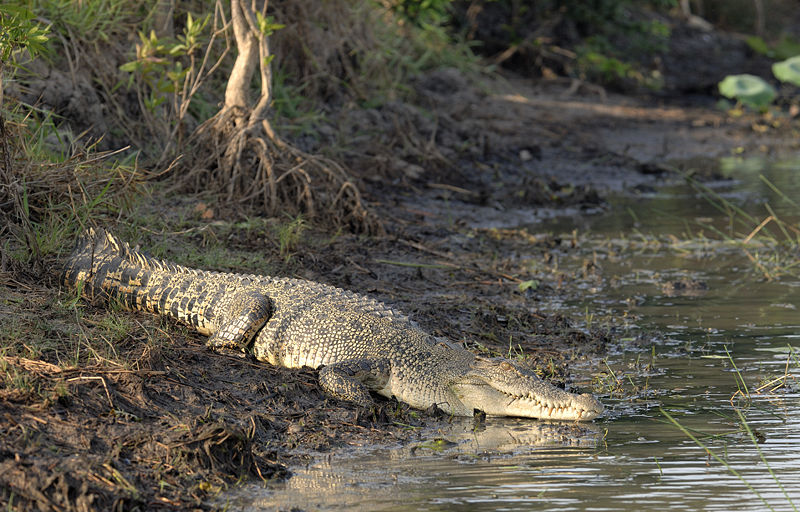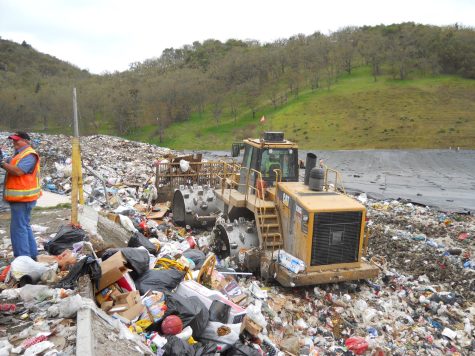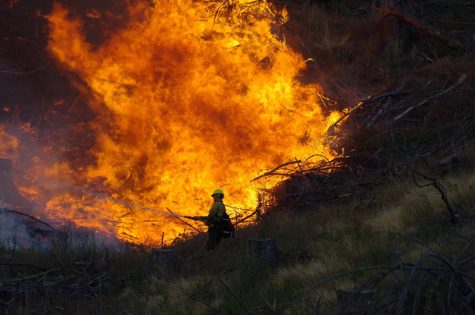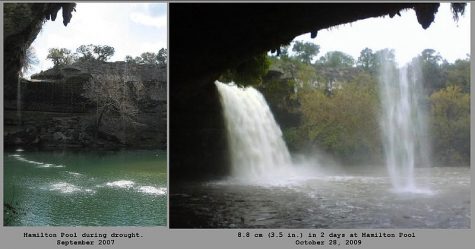A Closer Look at Crocodiles
A saltwater crocodile on a riverbank in the northern territory of Australia. The photo was taken by Paul Thomsen (WILDFOTO.COM.AU). Photo via Wikimedia Commons under Creative Commons license.
January 19, 2018
The crocodile is the largest aquatic reptile and they live throughout Africa. There are 14 different kinds of crocodiles: the American, Slender-Snouted, Orinoco, Freshwater, Philippine, Morelet, Nile, New Guinea, Mugger, Saltwater, Cuban, Siamese, West Africa, and Dwarf crocodile. All crocodiles have acute senses and tympanic membranes (eardrum) that are concealed flaps that can be moved up and down by muscles. The largest Crocodile ever measured and weighed was a saltwater crocodile that weighed 1000 kg (2,200) pounds and measured at 23 feet.
All crocodiles can replace their teeth up to 50 to 80 times depending on there 35 to 75-year life span. They have a distress call, a threat call, and a hatching call that they use to communicate. The distress call is a high-pitched call mostly used by younger crocodiles to alert other crocodiles that there is imminent danger or an animal is being attacked. The threat call is a hissing sound that notifies other crocodiles that there may be danger. The last is the hatching call. It is emitted by a female to notify all the other crocodiles that she has laid her eggs and to leave her alone.
Crocodiles possess some advanced cognitive abilities. They can observe and use patterns of prey behavior, such as when prey come to the river bank for a drink at the same time every day. Vladimir Dinets of the University of Tennessee observed that crocodiles use twigs as bait for birds looking for nesting material. They place sticks on their snout and partly submerge themselves. When the birds swoop down to get the sticks, the crocodiles then catch the birds. Crocodiles only do this in spring nesting season because that’s when birds are desperately looking for nesting materials.
Vladimir also discovered other similar observations from various scientists, some dating back to the 19th century. Instead of using sticks, crocodiles also are capable of cooperative hunting. Large numbers of crocodiles will swim in circles to trap fish and they all take turns diving down and snatching them up. When they go after larger prey, crocodiles swarm in. One will hold it down as the others rip it apart.









